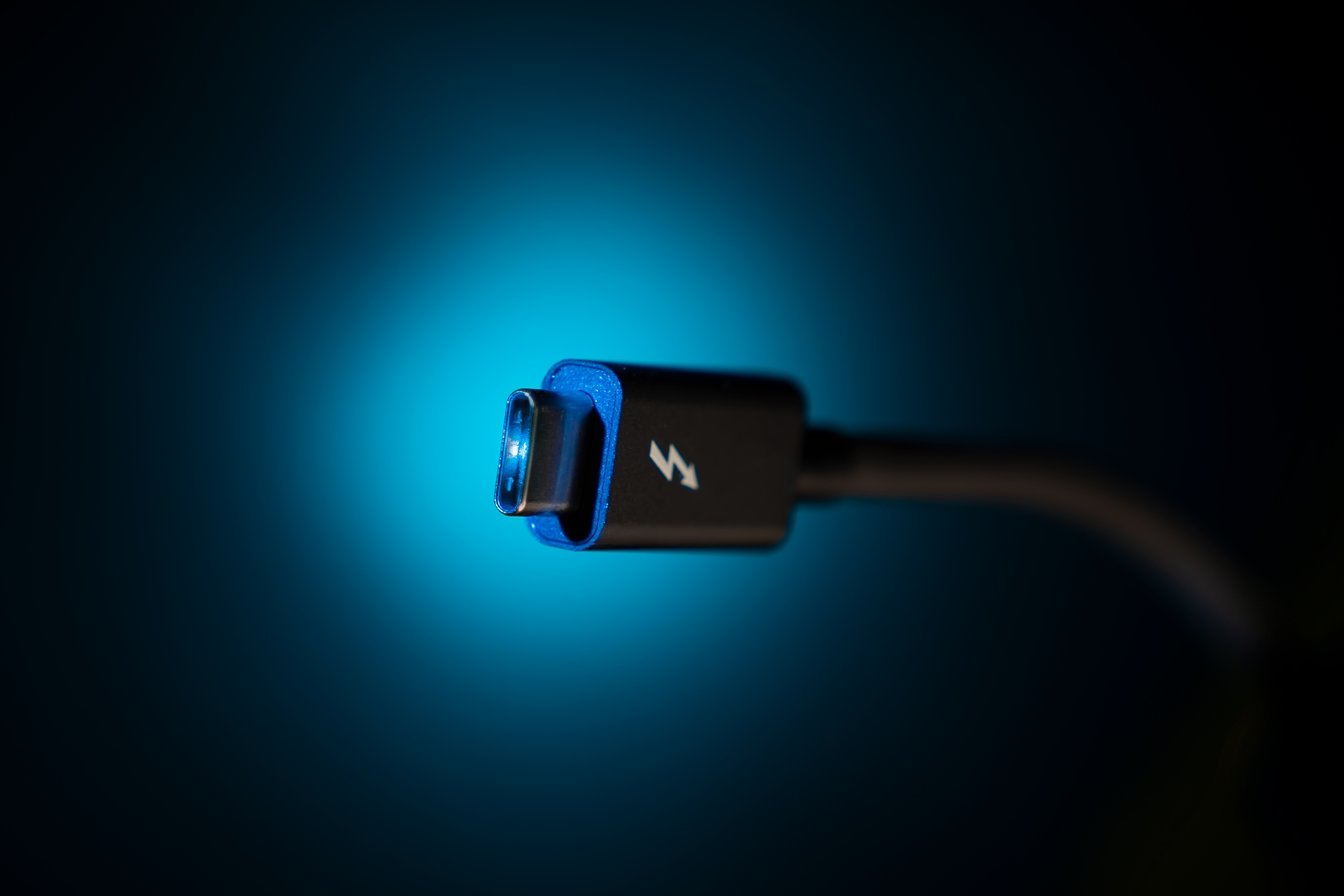The USB Promoter Group has announced USB4, which is a new USB interface standard based on Thunderbolt 3 that can support data transfer at a rate of up to 40 gigabits per second.

The USB4 standard is designed for data transfer, power and display connections, and is capable of powering two 4K displays at 60Hz, or a single 5K display at 60Hz. It’s also able to deliver 100W of power to external devices. It’s a major upgrade from the previous USB 3.2 standard, which can only transfer data at a rate of 20Gpbs.
Luckily the new standard doesn’t require any specific form factor regarding connectors. Instead, it will use the USB Type-C connector, and offer compatibility with existing USB 3.2, USB 2.0 and Thunderbolt 3 hosts, the USB Promoter Group said.
That’s good news because USB Type-C has become the standard connection for many high-end smartphones and is also appearing in other devices, though traditional USB connections remain the standard in most TVs.
“The new USB4 architecture defines a method to share a single high-speed link with multiple end device types dynamically that best serves the transfer of data by type and application,” the group said in a statement. “As the USB Type-C connector has evolved into the role as the external display port of many host products, the USB4 specification provides the host the ability to optimally scale allocations for display data flow.”
By using Thunderbolt 3 as a royalty-free foundation for USB4, the idea is that it will become much more widely adopted. It may also simplify things for users, the Promoter Group said.
“Releasing the Thunderbolt protocol specification is a significant milestone for making today’s simplest and most versatile port available to everyone,” said Jason Ziller, General Manager, Client Connectivity Division at Intel, which is a key member of the Promoter Group. “By collaborating with the USB Promoter Group, we’re opening the doors for innovation across a wide range of devices and increasing compatibility to deliver better experiences to consumers.”
The Promoter Group said it plans to publish the full USB4 specification in the middle of this year, but it’s likely to be one or two years before it gains widespread adoption.